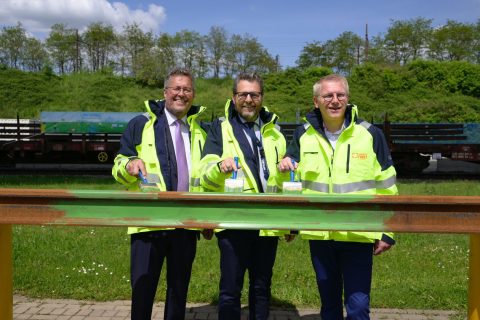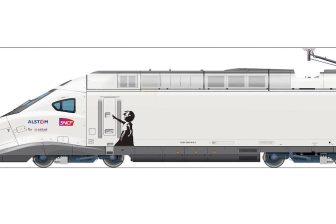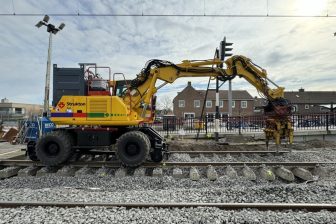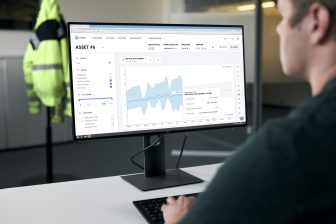
Infrabel receives greener rails
Dr. Karl-Ulrich Köhler, Chairman of the Management Board of Saarstahl, Benoit Gilson, CEO Infrabel, and Georges Gilkinet, Federal Minister for Mobility Infrabel
The Belgian infrastructure manager, Infrabel, recently received its first batch of “green” rails. The production process of these rails results in up to 70 per cent less CO2 emissions compared to a conventional manufacturing process using iron ore and coal as raw materials.
Want to read more?
You have read all of your free premium articles for this month. Please become a subscriber to keep reading.
Subscribe now!
Take advantage of our exclusive offer to get full access to all premium content.



